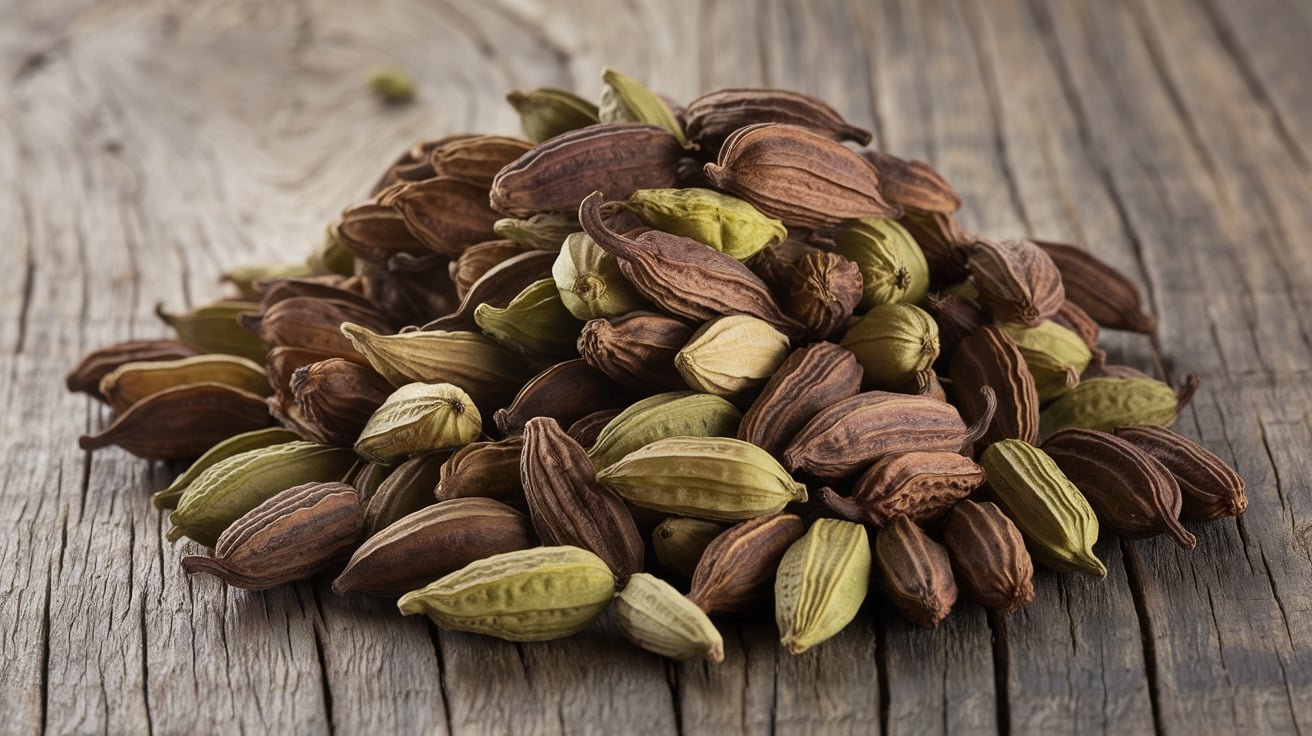Introduction to pineapple plant
The pineapple plant, scientifically known as Ananas comosus, is a tropical marvel that has captured people’s hearts and taste buds worldwide. This unique plant is prized for its delicious and nutritious fruit and its ornamental value. This article will explore everything you need to know about the pineapple plant, from its origins and growth requirements to its health benefits and culinary uses. By the end, you’ll deeply appreciate this remarkable plant and its contribution to our lives.
Origins and History of the Pineapple
The pineapple plant is native to South America, specifically the region between Brazil and Paraguay. Indigenous peoples in these areas were the first to cultivate and consume pineapples long before Christopher Columbus encountered the fruit during his travels in the Caribbean. The pineapple plant was introduced to Europe and other parts of the world, quickly becoming a symbol of luxury and hospitality.
In the 17th and 18th centuries, pineapples were so rare and expensive in Europe that they were often used as a centerpiece at lavish banquets and gatherings. Today, the pineapple plant is grown in tropical and subtropical regions around the globe, with major producers including Thailand, the Philippines, India, and Costa Rica.
Description and Growth Habit of the Pineapple
The pineapple plant is a perennial herbaceous plant in the Bromeliaceae family. It typically grows to 2 to 4 feet and has a rosette of long, narrow, spiny leaves. These leaves can be up to 5 feet long and are often arranged in a spiral pattern. The pineapple plant produces a single fruit per plant, which develops from a cluster of flowers.
The pineapple plant’s fruit is unique in that it is a multiple fruit formed from the fusion of individual berry-like fruits called “fruitlets.” These fruits coalesce around a central core, creating the familiar pineapple shape. The exterior of the fruit is covered in a rugged, scaly rind. At the same time, the interior is juicy and sweet, with a vibrant yellow color.
Growing Pineapple
Climate and Soil Requirements
Pineapple plants thrive in warm, tropical climates between 65°F and 95°F. They require full sunlight and well-draining soil with a pH between 4.5 and 6.5. Sandy loam soils are ideal for pineapple plants, providing good drainage and aeration.
Planting Pineapple Plants
To start a pineapple plant, you can use the crown of a store-bought pineapple. Twist or cut off the crown, remove a few lower leaves to expose the stem, and allow it to dry for a few days. Once the crown has dried, plant it in a pot or directly in the ground, ensuring the soil is moist but not soggy.
Watering and Fertilization
Pineapple plants require regular watering, especially during dry periods. However, overwatering can lead to root rot, so striking a balance is essential. To promote healthy growth and fruit production, fertilize the plant with a balanced fertilizer every two to three months.
Pests and Diseases
Pineapple plants are relatively hardy and resistant to pests and diseases. However, they can be susceptible to mealybugs, scale insects, and nematodes. Frequently assess your plants for signs of pervasion and treat them with suitable bug sprays or common cures.
Health Benefits of Pineapples
The pineapple plant produces a fruit that is not only delicious but also packed with essential nutrients and health benefits. Here are some of the vital health benefits of consuming pineapples:
Rich in Vitamins and Minerals
Pineapples are an excellent vitamin C source, essential for a healthy immune system, skin health, and wound healing. They also contain significant amounts of vitamin A, B6, folate, and manganese, all contributing to overall health and well-being.
Anti-Inflammatory Properties
The pineapple plant contains a group of enzymes known as bromelain, which has powerful anti-inflammatory properties. Bromelain can help reduce inflammation and swelling in the body, making it beneficial for individuals with arthritis, sinusitis, and other inflammatory conditions.
Stomach related Health
Bromelain moreover helps in assimilation by breaking down proteins and moving forward supplement retention. Pineapples can offer assistance lighten stomach-related issues such as bloating, clogging, and heartburn.
Antioxidant Protection
Pineapples are rich in antioxidants, including flavonoids and phenolic acids, which help protect the body against oxidative stress and damage caused by free radicals. This antioxidant protection can reduce the risk of chronic diseases such as heart disease and cancer.
Immune System Support
The high vitamin C content in pineapples boosts the immune system by stimulating the production of white blood cells and enhancing the body’s ability to fight off infections. Regularly consuming pineapples can help prevent colds, flu, and other common illnesses.
Culinary Uses of Pineapples
The fruit of the pineapple plant is incredibly versatile and can be used in various culinary applications. Here are some popular ways to enjoy pineapples:
Fresh Pineapple
One of the simplest and most refreshing ways to enjoy pineapples is by eating them fresh. Peel and core the fruit, then slice it into bite-sized pieces. Fresh pineapple is a delicious and healthy snack that can be enjoyed independently or added to fruit salads.
Pineapple Juice
Pineapple juice is a popular beverage that can be enjoyed independently or used as a base for smoothies and cocktails. To make pineapple juice, blend fresh chunks with water, then strain the mixture to remove any pulp.
Grilled Pineapple
Grilling pineapples enhances their natural sweetness and adds a smoky flavor. Grilled pineapple can be served as a side dish, added to salads, or used as a topping for burgers and pizzas.
Pineapple Desserts
Pineapples are vital in many desserts, including pineapple upside-down cakes, tarts, and sorbet. Their sweet and tangy flavor pairs well with various dessert ingredients, making them popular among bakers and dessert enthusiasts.
Savory Dishes
Pineapples can also be used in savory dishes, such as sweet and sour chicken, pineapple fried rice, and Hawaiian pizza. Their natural sweetness balances out savory flavors, adding a unique and delicious twist to these dishes.
Ornamental Uses of Pineapple Plants
In addition to their culinary value, pineapple plants are also prized for their ornamental qualities. The rosette of spiny leaves and the striking fruit make pineapple plants a beautiful addition to gardens and landscapes. Here are some ways to incorporate pineapple plants into your garden:
Container Gardening
Pineapple plants can be grown in containers, making them an excellent choice for patios, balconies, and indoor spaces. Choose a large, well-draining pot and place it in a sunny location. With proper care, container-grown pineapple plants can produce fruit like those grown in the ground.
Garden Borders
The unique appearance of pineapple plants makes them ideal for garden borders. Plant them along the edges of flower beds or walkways to create a striking visual effect. Their spiny leaves can be a natural barrier to deter pests and animals.
Tropical Landscaping
Pineapple plants are a staple in tropical-themed gardens and landscapes. Combine them with other tropical plants, such as banana trees, hibiscus, and palms, to create a lush and vibrant garden that evokes the feeling of a tropical paradise.
How to Harvest and Use Pineapple
Harvesting Pineapples
Pineapples are typically ready to harvest 18 to 24 months after planting. The fruit should be fully ripe before being harvested, as it does not continue to ripen once picked. Look for a golden-yellow color and a sweet aroma, and check that the fruit is slightly soft to the touch. Utilize a sharp cut to cut the natural product from the plant, clearing out a little parcel of the stem connected.
Using Pineapple Leaves
The leaves of the pineapple plant can also be used in various ways. They are muscular and fibrous, making them suitable for weaving into mats, baskets, and other items. Additionally, pineapple leaves can be used as a natural mulch to help retain soil moisture and suppress weeds.
Fun Facts About Pineapple
- The pineapple plant is a member of the Bromeliaceae family, which includes over 3,000 species of plants.
- Pineapples were once considered a status symbol and were often rented out to wealthy individuals for display at parties and events.
- The word “pineapple” was first recorded in English in 1398 and originally referred to what we now call pinecones. The fruit was named pineapple because it resembled pinecones.
- Pineapples contain an enzyme called bromelain, used as a meat tenderizer because it breaks down proteins.
Conclusion
The pineapple is a remarkable and versatile plant with numerous benefits and uses. From its origins in South America to its status as a global fruit, the pineapple plant has captured people’s admiration worldwide. Whether you’re interested in growing your pineapple plant, enjoying its health benefits, or incorporating it into your culinary creations, there’s no denying the appeal of this tropical wonder.
With its rich history, unique growth habits, and delicious fruit, the pineapple stands out as a symbol of hospitality, luxury, and health. So, the next time you enjoy a slice of pineapple or admire a pineapple plant in a garden, take a moment to appreciate this extraordinary plant’s incredible journey and significance.










